I went on a pilgrimage to the three shrines of the Western Japan on the Wakayama Electric Railway's Kishigawa Line, famous for the calico cat stationmaster Tama.

A visit to the three shrines in Wakayama Prefecture
Visiting the Three Saigoku Shrines | Recommended by Stationmaster Tama! Kishigawa Line Navigation
http://www.kishigawasenavi.com/course/visit/index.html
A one-day pass costs 800 yen for adults and 400 yen for children. Tickets are sold at Wakayama Station Platform 9, Itakiso Station, Kishi Station Tama Cafe, and the Wakayama Bus Commuter Pass Sales Office at JR Wakayama Station. Smartphone tickets are also available. A one-way ticket from Wakayama to the last stop, Kishi, costs 410 yen, so even a round trip is a good deal.
This time, we started from Wakayama Station in the morning.
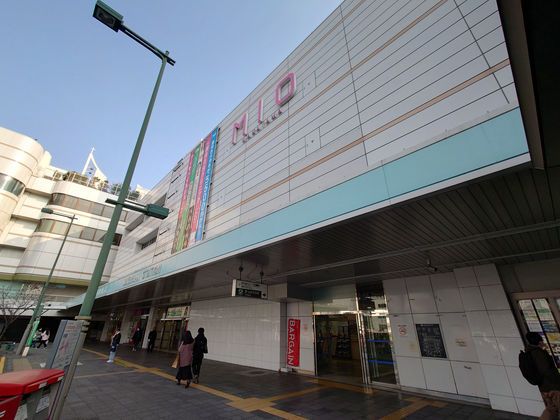
The ticket gate for the Kishigawa Line is located inside the JR ticket gate, so if you would like to buy a one-day pass at the platform, just tell the JR ticket gate and they will let you through.
When you come to platform 9 through the underground passage, you will immediately notice an illustration of Stationmaster Tama.

Purchase a one-day pass.
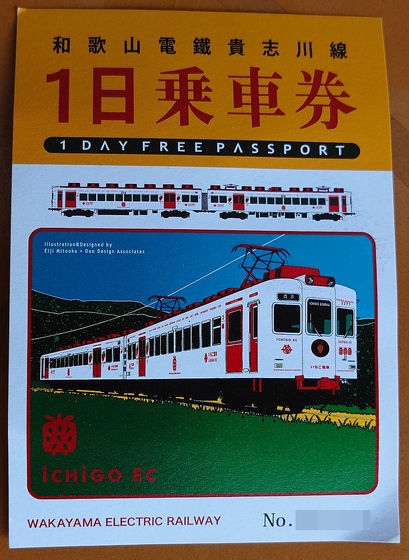
The train was already waiting. Since I planned to visit each shrine when their offices were open, I boarded the train leaving Wakayama at 9:30. My destination was Itakiso Station, the closest station to Itakiso Shrine.
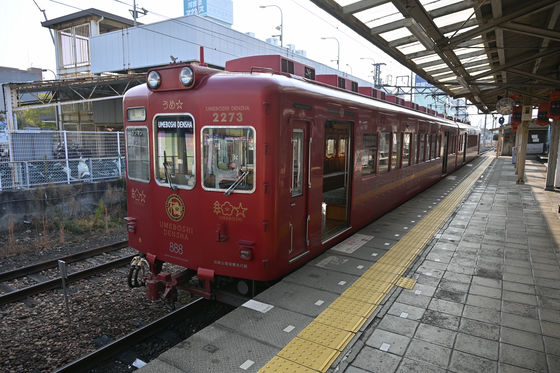
Arrival at Itakiso Station is at 9:49am.

There is a sign like this at the station directing you to visit the three shrines.
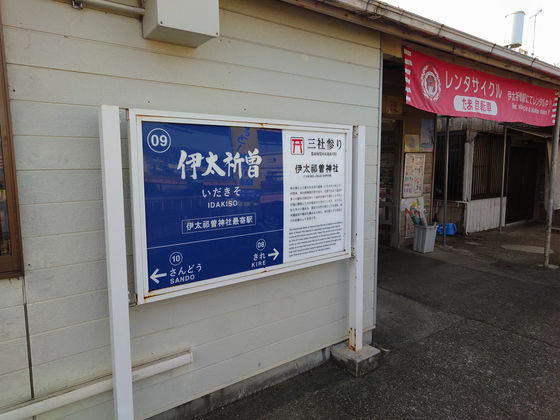
Tama Stationmaster panel.
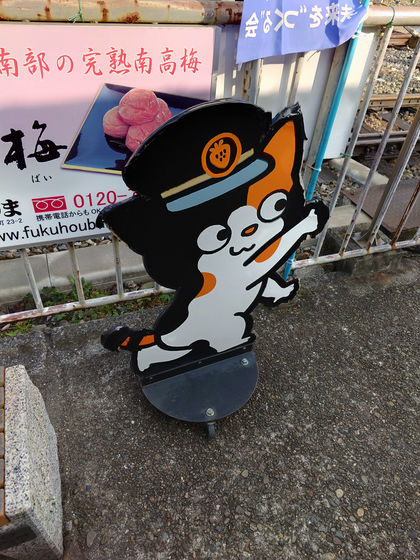
There is a stationmaster's room in the Itakiso station building, and Stationmaster Yontama is on duty there on certain days.
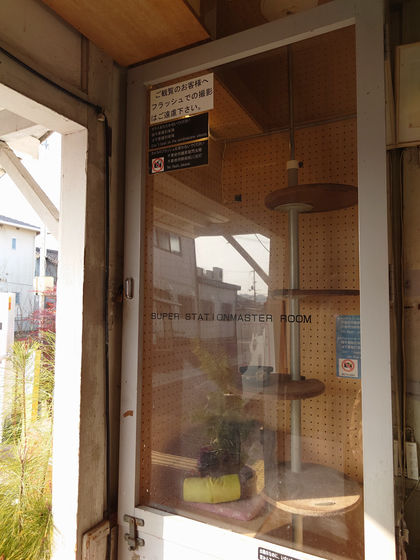
It was a work day, so I was sitting in a detached room in the stationmaster's room.
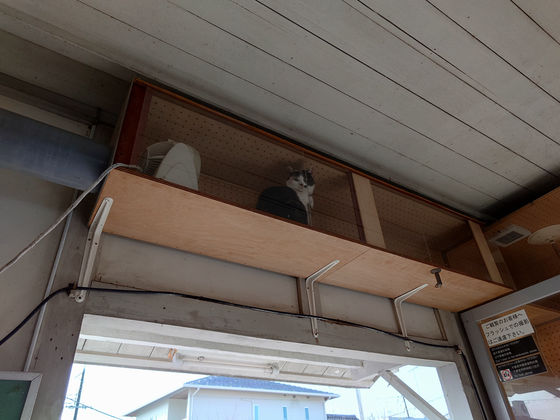
We head out of the station, as if being seen off by Stationmaster Yontama.
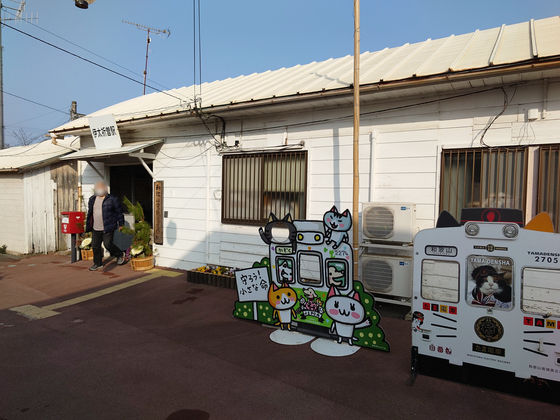
If you head south along the street in front of the station, you will see a torii gate in the distance.
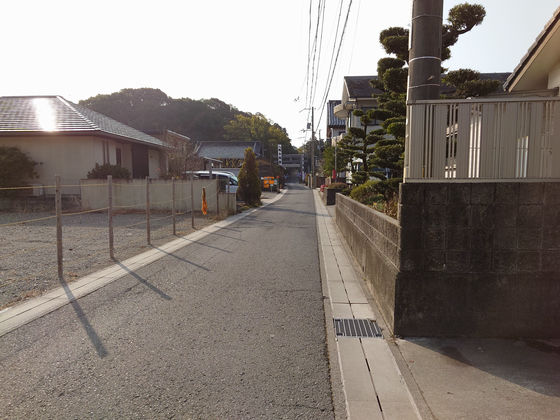
This is
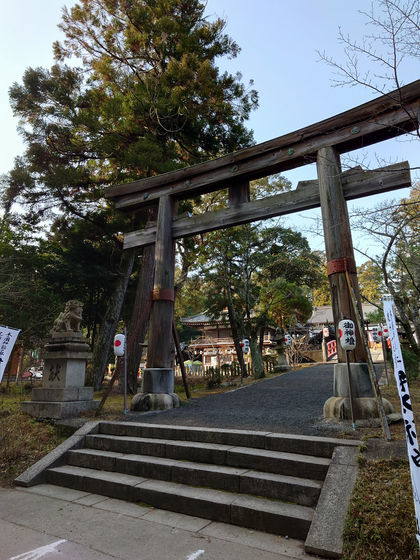
Main hall.
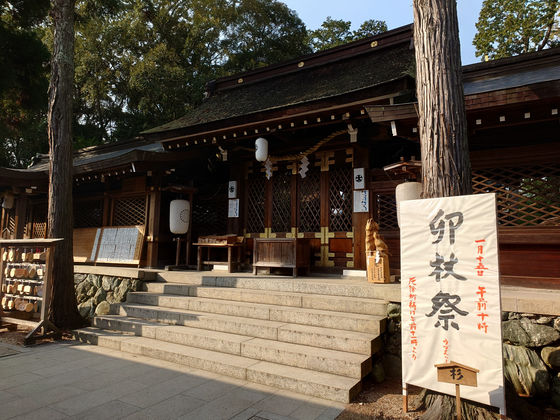
In front of the main hall there is a 'Tamausagi' (a ball-shaped rabbit), which was apparently carved out with a chainsaw.

Itakiso Shrine enshrines Isotake no Mikoto, the god of trees, and has a 'misfortune-ward tree fork,' through which it is said people who pass through will be protected from misfortune.

Just go through this hole and you're good to go.
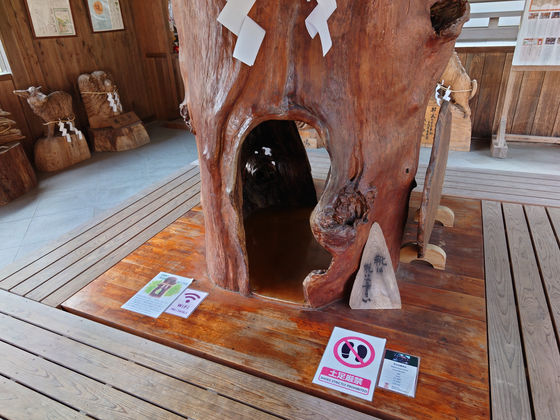
We walked back to Itakiso Station and headed to the next shrine. There is a train depot at Itakiso Station, where the '
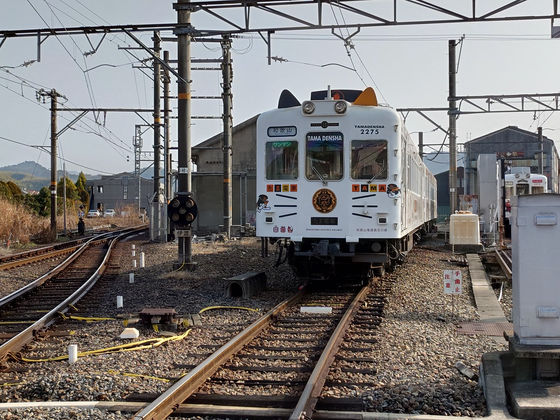
The train departs Itakiso Station at 10:20, heading for Kamayama Shrine, and gets off at Kamayama Station at 10:29.
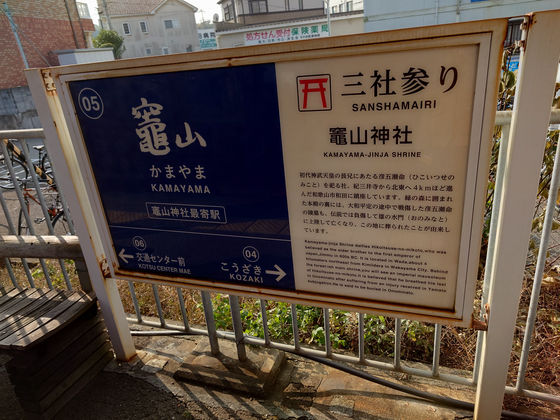
There is only one exit at the station.

It is directly connected to the road that runs next to the hospital, so just follow the road.
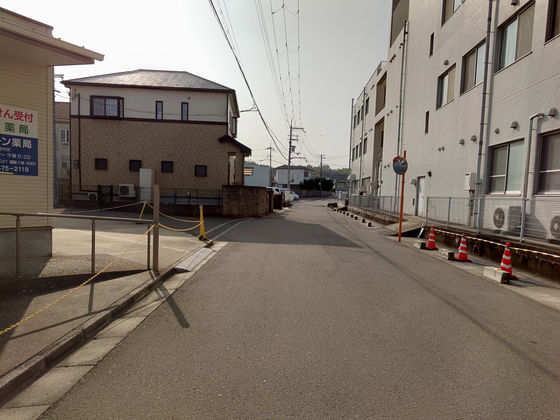
Go through the large torii gate and continue straight along the road.
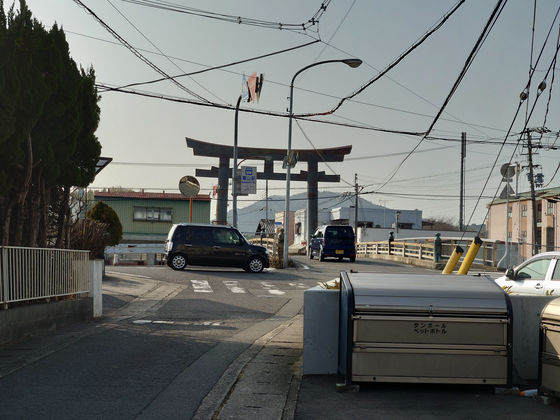
Eventually, you will come to an intersection with Route 13.
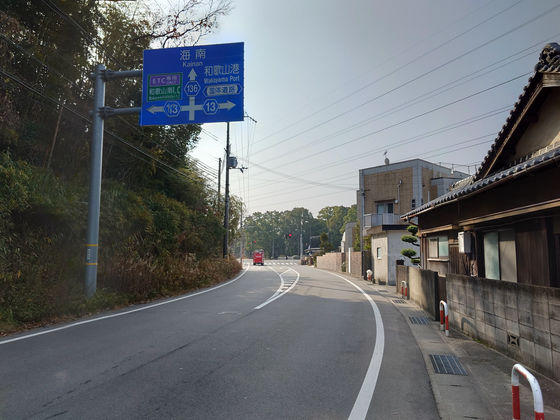
Just across the prefectural road is the Imperial Household Agency-designated tomb, 'Kamayama Tomb.' It is said to be the tomb of Emperor Jimmu's older brother, Hikogoseno-mikoto.
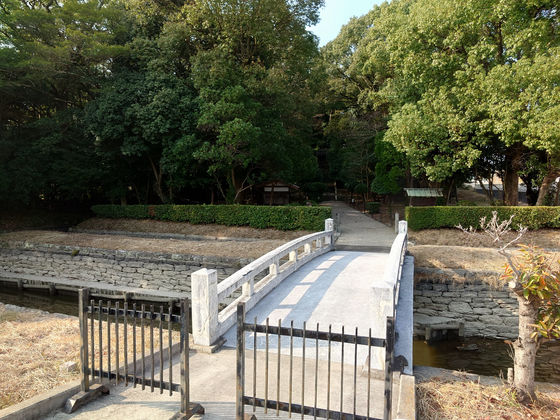
Going further, you will come to the entrance of Kamayama Shrine. If you enter from here, you will take a short shortcut and join the approach to the shrine just past the torii gate. It takes just under 10 minutes to get here.
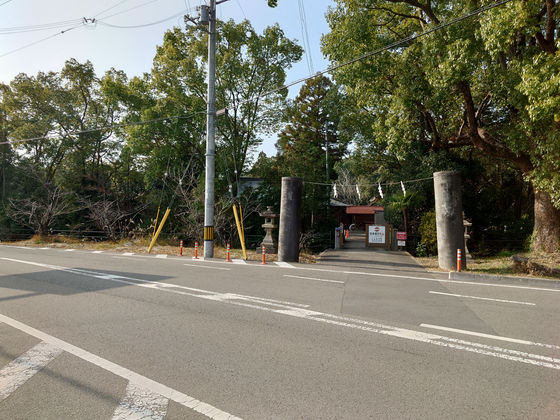
The torii gate at the entrance to the shrine grounds looks like this.
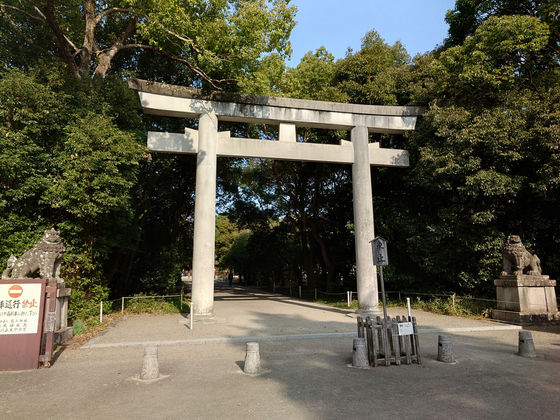
Shinmon Gate.
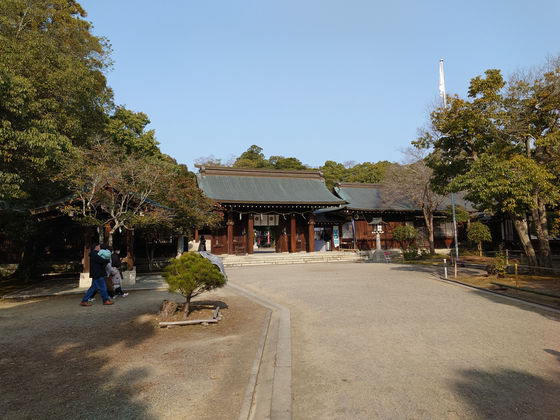
I will pray at the main shrine.
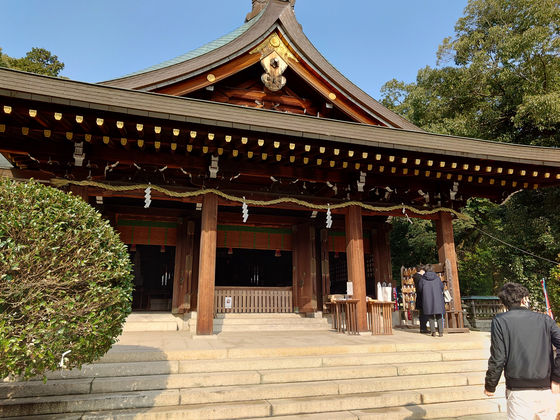
I returned to Kamayama Station and headed to my last stop, Hizen Shrine and Kunikake Shrine. There is one train every 30 minutes, so I took the one leaving at 10:59, just after the train I had taken earlier.
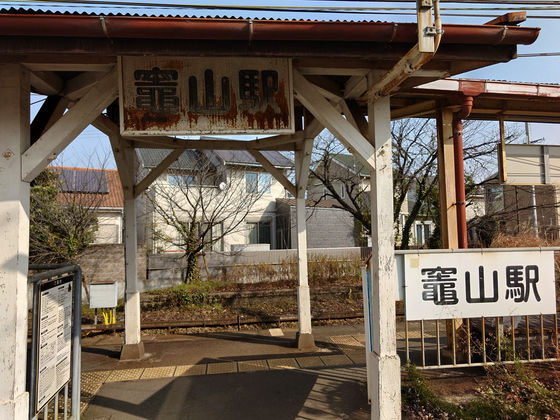
Get off at Hinomatamiya Station at 11:05.
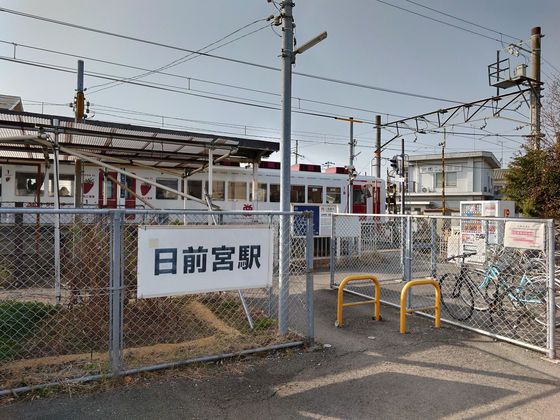
This is the second station from Wakayama Station, where trains change positions.
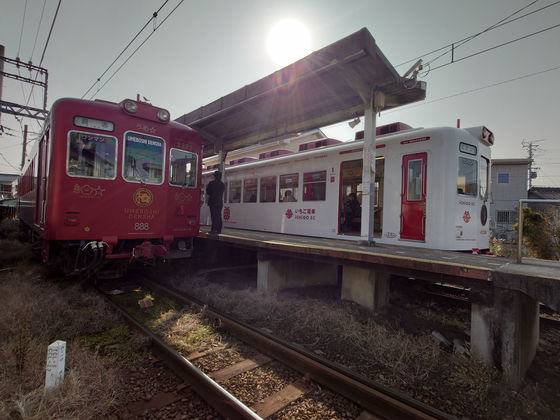
The station name is 'Nichizengu' and the shrine is 'Hinokumajingu/Kunikakasujingu'.
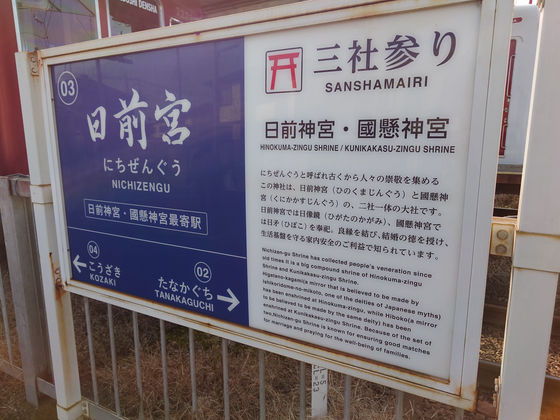
Map of the area around the station.
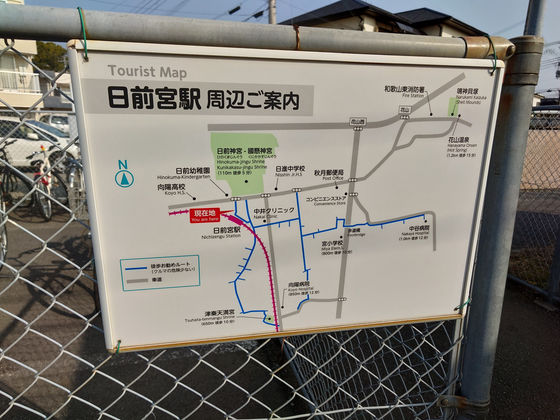
For now, just follow the road in front of the station, which is a residential area.
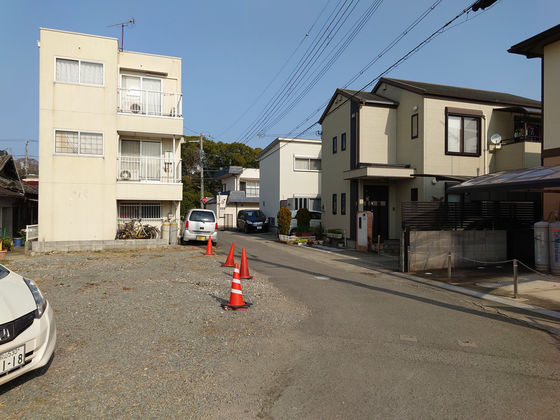
The shrine grounds are on the other side of the road at the end of the road.
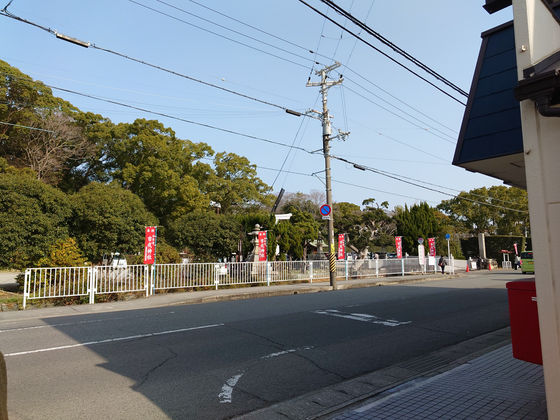
There was also a Wakayama Bus stop.
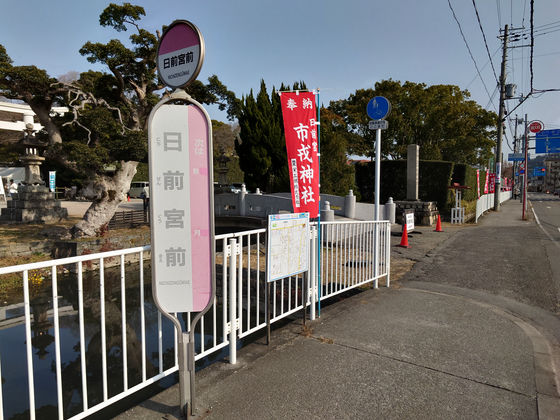
Cross the bridge to the torii gate.
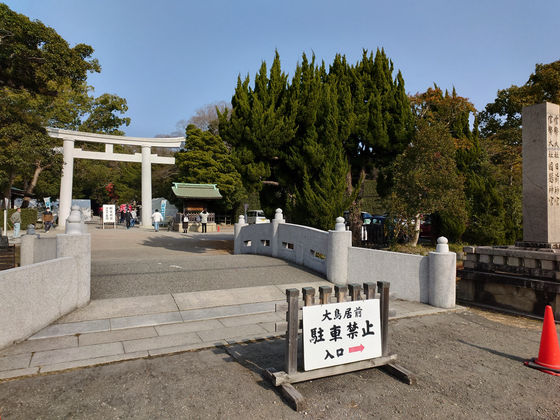
A large rabbit votive tablet at the water basin.
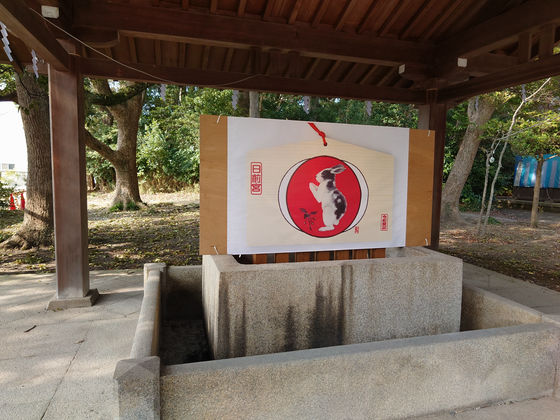
As you walk along the approach to the shrine, the road splits into two. On the left is Hizen Shrine, and on the right is Kunikake Shrine.

The two shrines are placed symmetrically. This is Nikko Shrine.
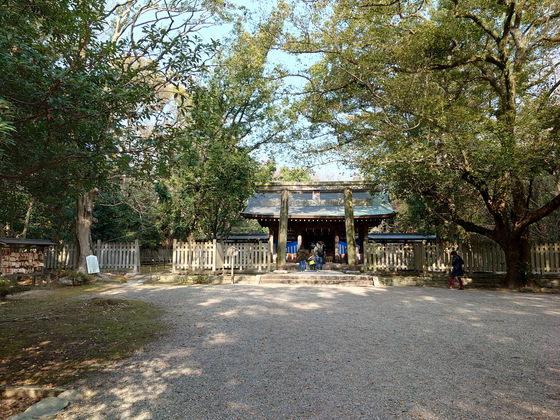
This is Kunikake Shrine.
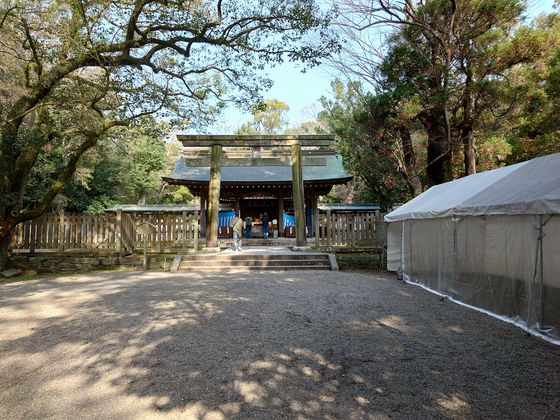
The total time it took to visit the three shrines in the Saigoku region, including the Wakayama Electric Railway and on foot, was just over an hour and a half. Each shrine has a parking lot, but they are all within walking distance of the station, so we recommend taking the train to get around. If you buy tickets separately, the total cost is 950 yen, but the one-day pass is 150 yen cheaper.
Incidentally, Itakiso Shrine, Hizen Shrine, and Kunikake Shrine are two of the three Ichinomiya (first shrines) of Kii Province, so while I was there to meet Stationmaster Nitama at Kishi Station, I decided to also visit the remaining shrine, Nyutsuhime Shrine.
·to be continued

Related Posts:






